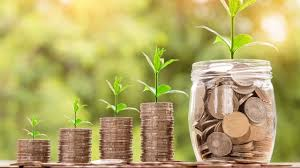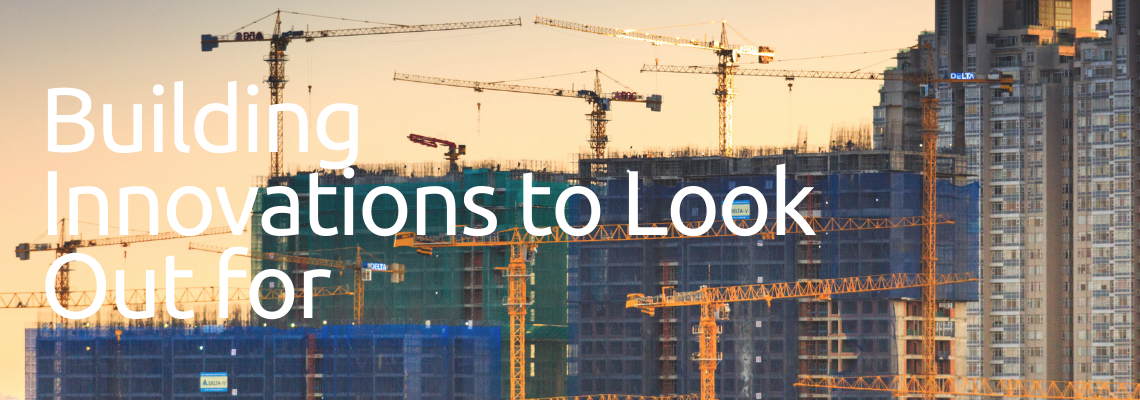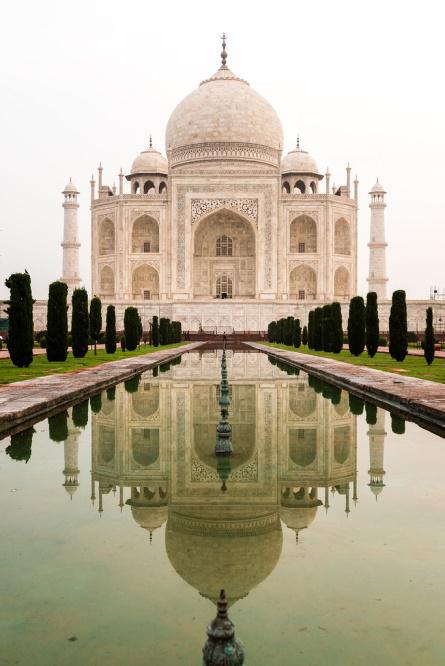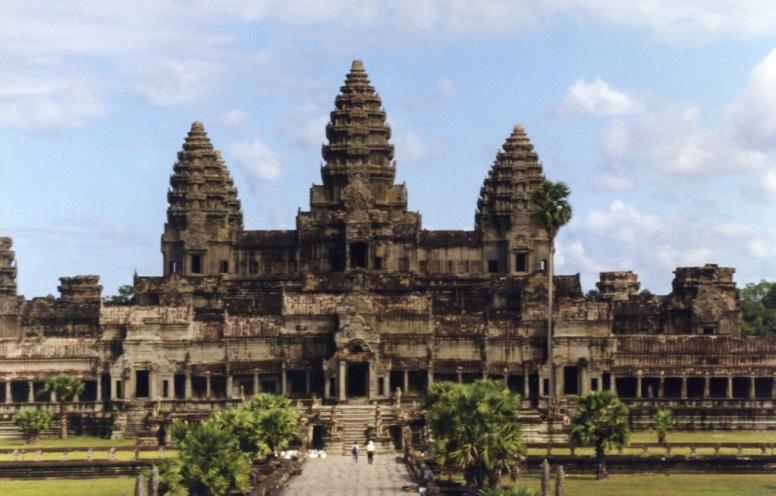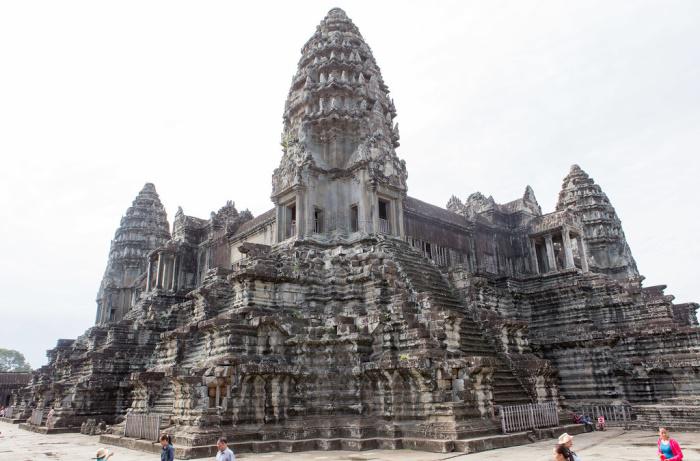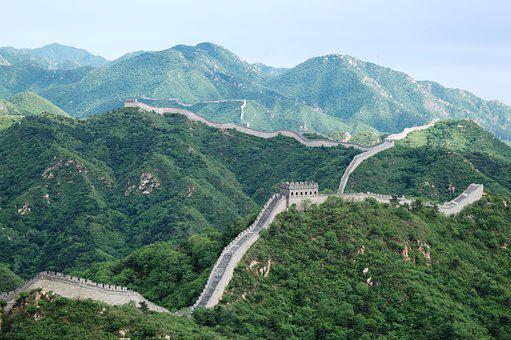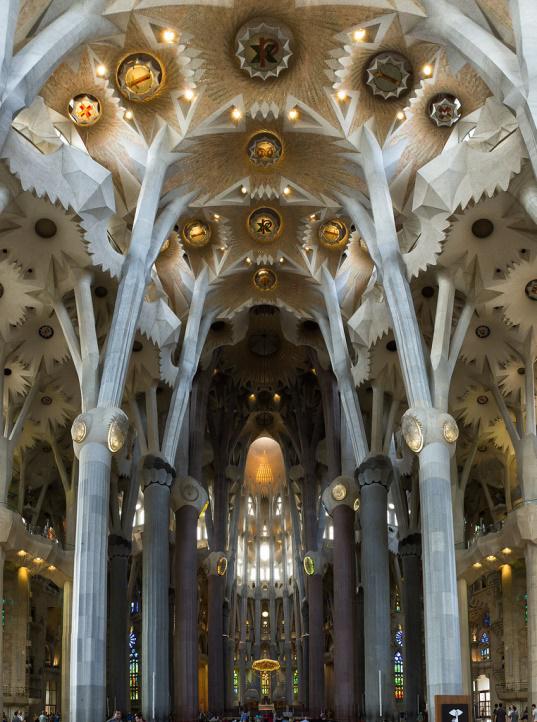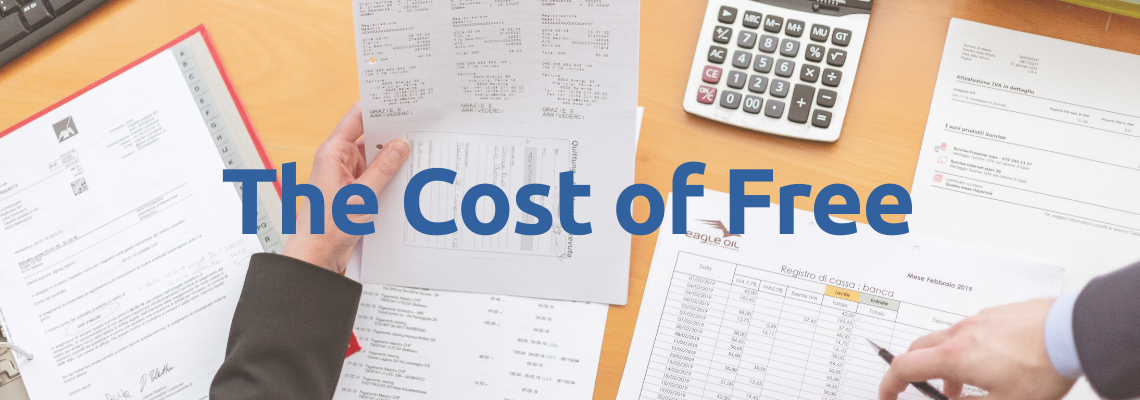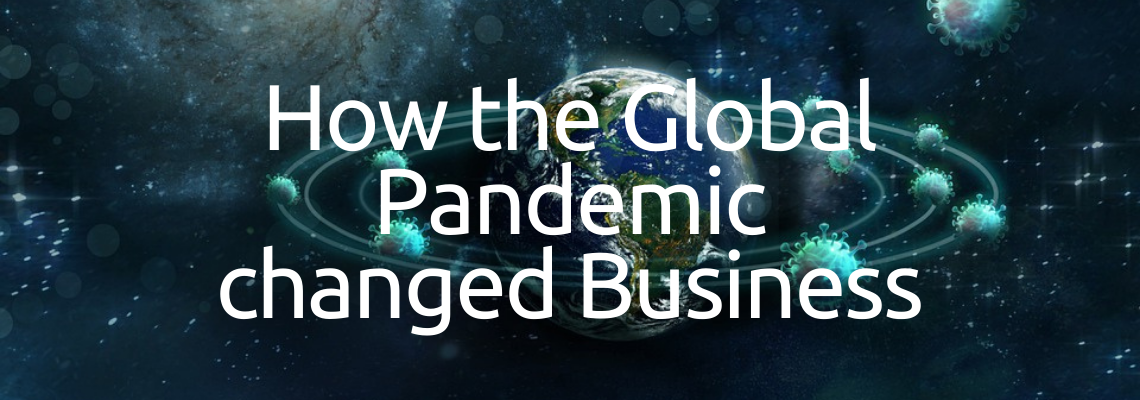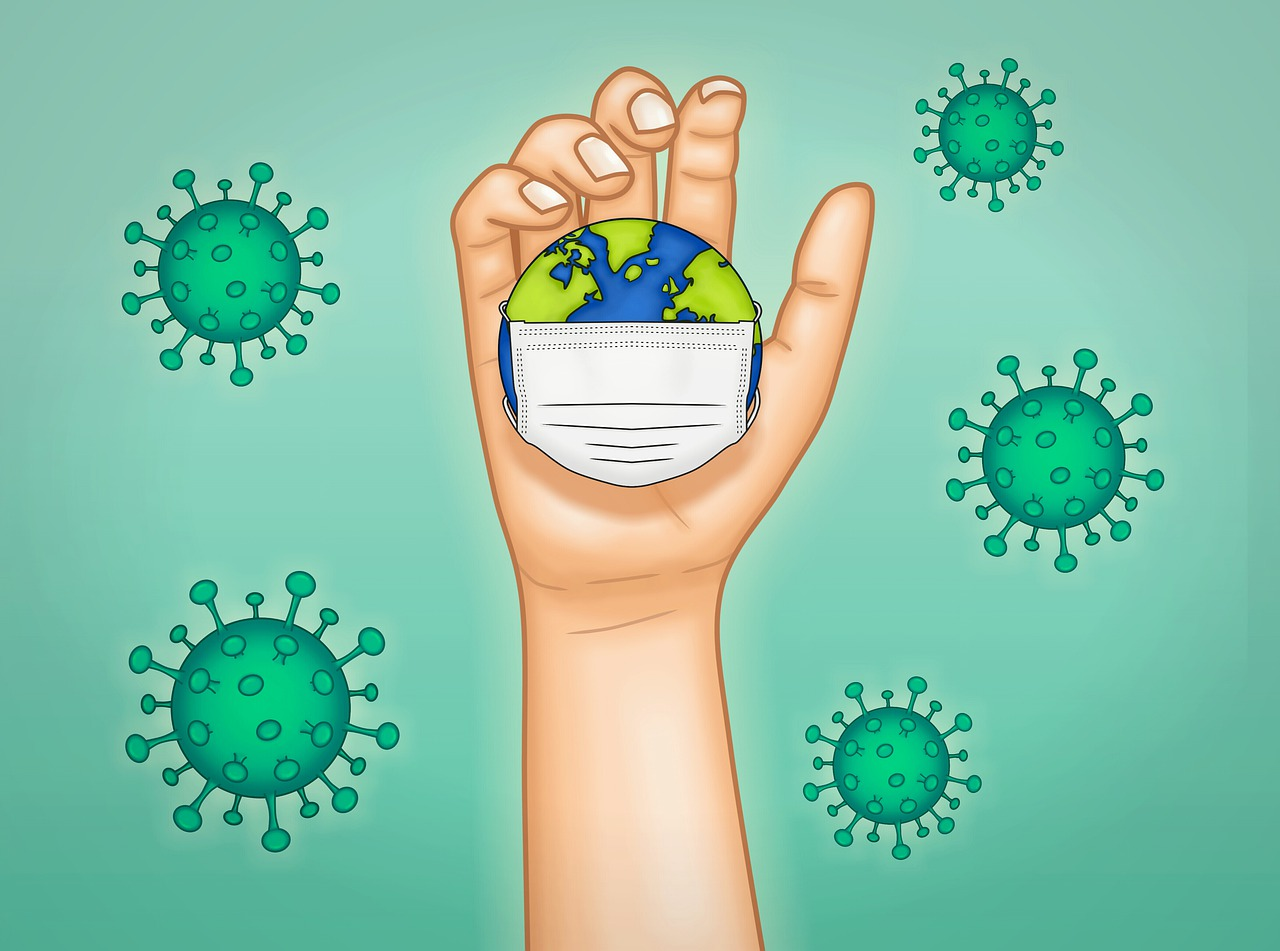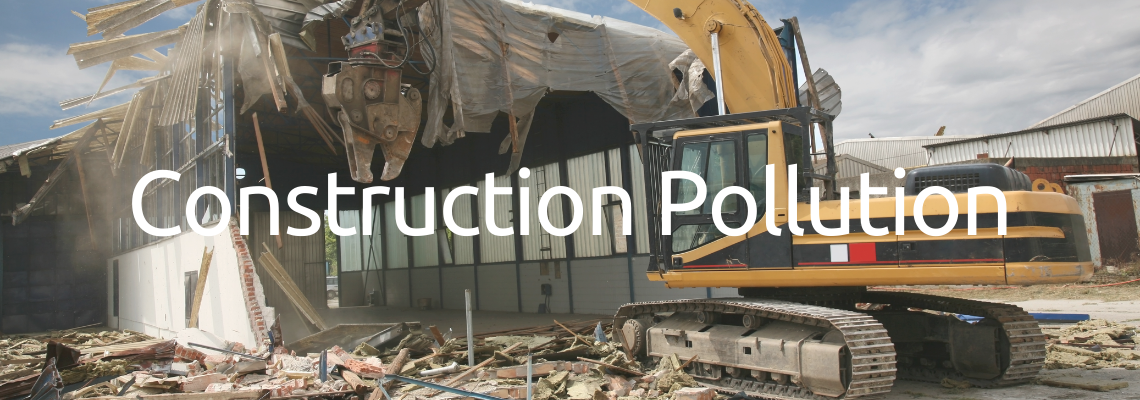
Our planet has been fighting a non-stop battle against pollution. On our average day today, we do not take note of the damage we cause to our planet. This is a very sensitive topic to most people. Typically we hate to face the reality however at some point it is inevitable to avoid.
Construction pollution involves so many aspects in this topic from Air, water, soil, and/or Noise pollution. This is caused by the materials used, such as harmful chemicals used during the construction. Fossil fuels being one of them produces greenhouse gases that harm the environment.
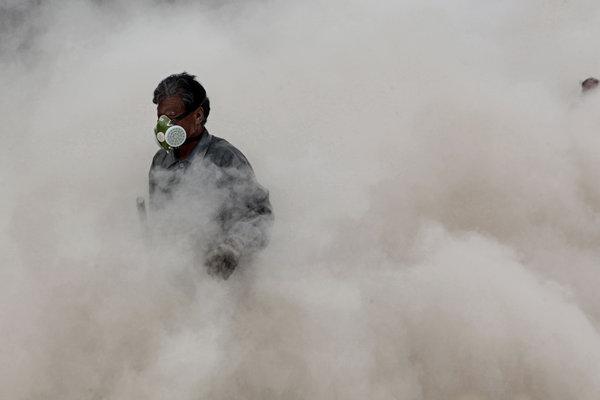
The most common types of pollution found on Construction sites are dust and diesel emissions. Dust pollution being a very common Construction Site pollution, It may contain Microscopic solids or liquid droplets, they are minute enough to seep into the lungs and cause health issues such as wheezing, Bronchial infections, dermatitis, Asthma attacks and more. It can also contain chemical particles that can cause Long-term Health issues.
Out of 195 Counties, South Africa is standing at 37 on the list of the most polluted, with stats standing at 21.56 Average PM2,5 (Fine particulate matter 2.5) refers to tiny particles or droplets in the air that are two and one-half microns or less in width. It is caused by Car, truck, bus and off-road vehicle exhausts and from operations that involve the burning of fossil fuels such as wood, heating oil or coal. Consideration to our communities around our construction sites plays a role in reasoning to reduce our pollution on site.
Let’s look at ways to reduce Construction Pollution
Time: Consider time management on site. Decrease the amount of time spent on site. Modular construction can decrease time and speed up the process. “Modular construction – is a process where pieces and structures are built off-site in manufacturing plants before being transported to the job site “
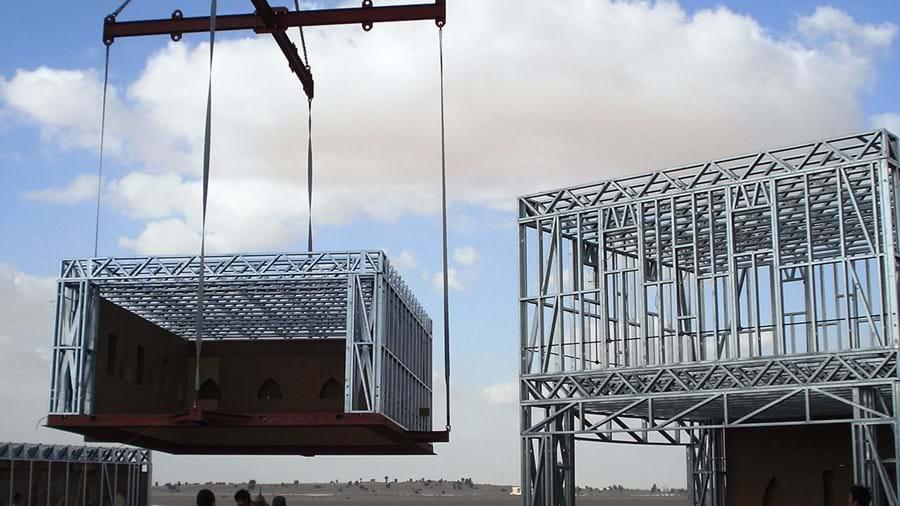
Vehicles: Construction sites require the use of machinery. It is a tough one. The use of economic fuel-efficient vehicles “Tier 4 equipment”. The use of this equipment reduces hydrocarbon emissions. Reducing idiling time will benefit in more ways than one. Saving on fuel expenses and reducing Air pollution.
Clean-Up: No one enjoys cleaning up after a long day’s work. So create a cleanup policy, have bins laid out across your construction site, so your workers can have a clean Working environment with no arb wrapper in the midst of your equipment.

Sources:
China Daily
World Population Review
Air Veda
Exak Time
Frame CAD
Tracey Road
Portland Maine Junk Removal
Steadfast Building
To view more Articles, please visit our Leads 2 Business Blog.
If you are interested in becoming one of our subscribers, please visit Leads 2 Business.
To view notes with screenshots on how to use our website, please visit Leads 2 Business Wiki.








